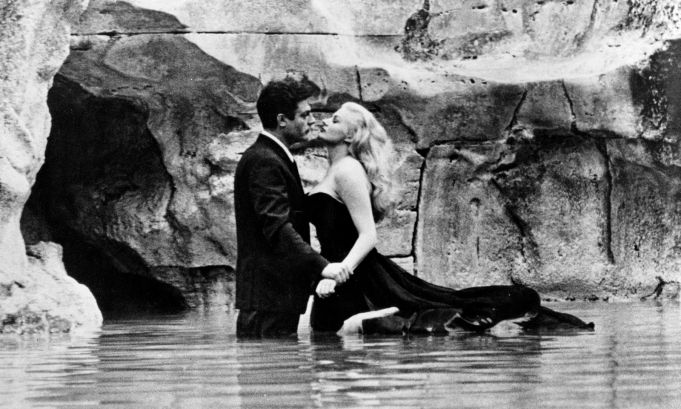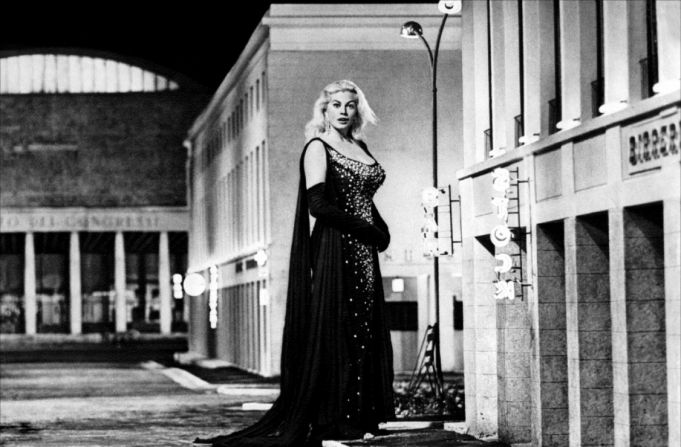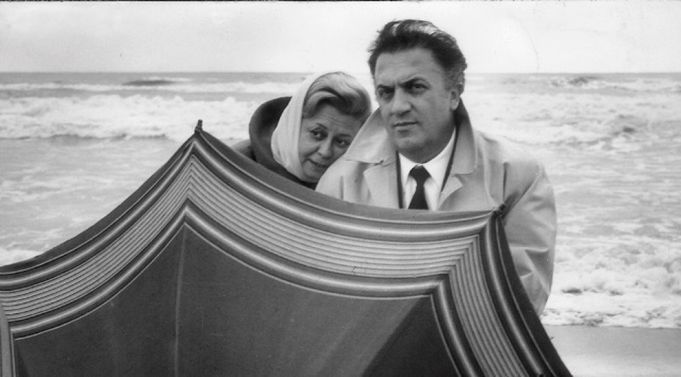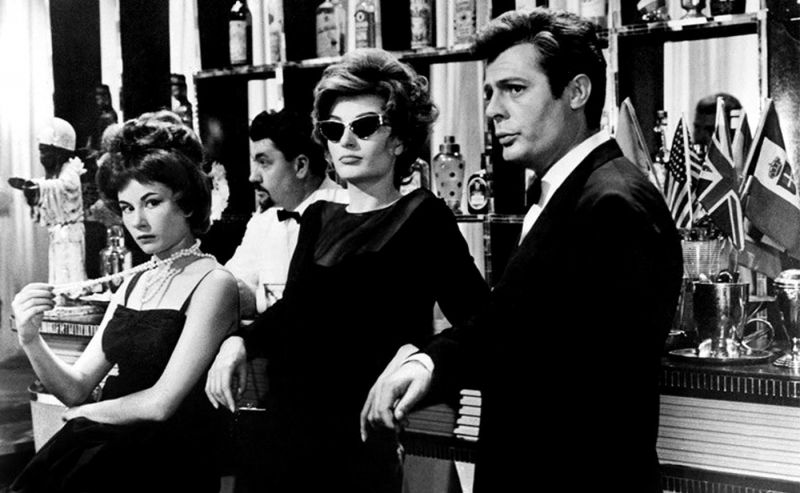Exploring the Rome websites most related to the nice movie director Federico Fellini who was born in Rimini in 1920 and died in the Italian capital in 1993.
Trevi Fountain
The landmark most readily related to Fellini is no doubt the Trevi Fountain, whose baroque majesty performed a central position in La dolce vita (1960). The movie’s most well-known scene sees Swedish actress Anita Ekberg immersed within the waters of the fountain, seducing Marcello Mastroianni to wade in after her. When Mastroianni died in 1996 the town turned off the fountain’s waters, draping the monument in black; when Ekberg died in 2015 an enormous banner studying “Ciao Anita” was hung over the fountain.

Through Veneto
Synonymous with the capital’s so-called dolce vita period of the Nineteen Fifties, Through Veneto was the go-to place for overseas movie stars when Rome was often called “Hollywood on the Tiber”. This glamorous inflow of celebrities attracted hordes of paparazzi, which Fellini dramatised in La dolce vita. The director additionally used Through Veneto because the backdrop to Le notti di Cabiria (1957), starring Giulietta Masina (Fellini’s spouse) as a prostitute in Rome who searches in useless for real love.
Colosseum
Fellini was identified to feed the cats of the Colosseum whereas filming Lo Sceicco Bianco (1952) starring Alberto Sordi, with the traditional amphitheatre additionally that includes within the backround of the motorbike race initially of Roma (1972).
Spanish Steps
The staircase at Trinità dei Monti makes a spectacular backdrop to Lo Sceicco Bianco when newlyweds Oscar (Leopoldo Trieste) and Wanda (Brunella Bovo), admire the grandeur of a pensione in Through Sistina.

EUR
Fellini had a weak spot for the rationalist symmetry of fascist structure, with the southern Rome district of EUR that includes in La Dolce Vita and Le Tentazioni del Dottor Antonio (1962) from the anthology movie Boccaccio ’70 (1962).
St Peter’s
La dolce vita opens with a panoramic perspective of St Peter’s, with Marcello flying over on a helicopter carrying a statue of Jesus. Later within the movie, he climbs to the highest of the dome subsequent to Ekberg. Piazza S. Pietro offers the backdrop to the ending of Lo Sceicco Bianco which additionally options close by Castel S. Angelo.
Through Margutta
Fellini lived on Through Margutta, the place a plaque in his honour might be discovered at quantity 110, and he commonly went for espresso on the Canova café in close by Piazza del Popolo, which shows Fellini memorabilia at this time. Piazza del Popolo additionally options in La dolce vita, the place Marcello and Maddalena (Mastroianni and Anouk Aimée) decide up a prostitute.
Termini Station
Though the least glamorous landmark on this checklist, Termini Station featured in a lot of Fellini’s motion pictures together with Lo sceicco bianco, I vitelloni (1953), Le notti di Cabiria, Roma, and Ginger e Fred (a 1986 movie starring Marcello Mastroianni and Giulietta Masina).
Baths of Caracalla
This large third-century bathtub complicated featured each in Le notte di Cabiria and La dolce vita, whereas one other landmark additional out on the Appia Antica – the Mausoleum of Cecilia Metella – appeared in Roma.

Fregene
Fellini owned a villa (since demolished) on this seaside city close to Rome (Through Volosca 13), which performed the setting for La dolce vita’s celebrated ultimate scene. It additionally seems in Lo Sceicco Bianco, Giulietta degli Spiriti (1965) and Città della donne (1980).
Cinecittà
The hallowed movie studios of Cinecittà, within the suburbs of Rome, was the place Fellini shot most of his motion pictures. Cinecittà just lately opened a museum devoted to Italian cinema which pays tribute, in fact, to Fellini.

